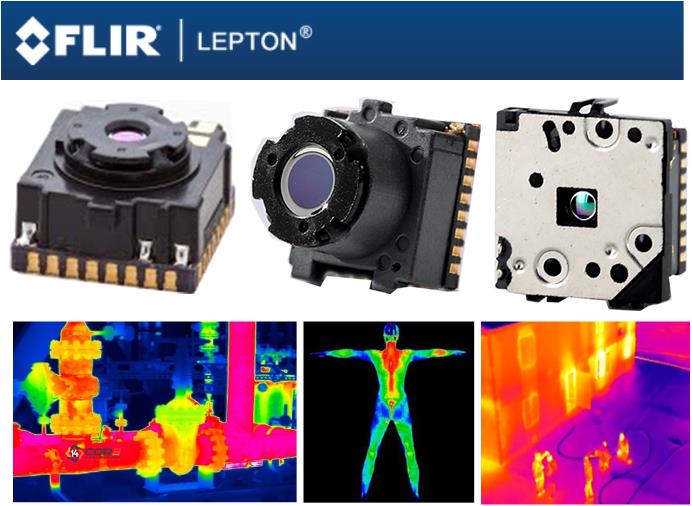

#Lepton camera driver
The implementation of this driver is simple. It is certainly possible to refactor this code and not buffer the entire frame. The module features temperature-stabilized output for radiometric processing, plus fast time-to-image of less than 0.5 seconds. Rear System Overview and Second Camera (future project ])Īllocating a FrameBuffer as part of the Lepton_t struct was a decision I made to keep the driver self-contained. Lepton 2.5 LWIR micro thermal camera module offers an FPA of 80×60 active pixels with a pixel size of 17 m in an 11.5 mm × 12.7 mm × 6.8 mm package. The Lepton module can be ripped out the Flir One iPhone accessory for now. Lepton 3.5 Description The radiometric Lepton 3.5 is the latest addition to FLIR’s micro thermal camera family and brings with it some unexpected surprises such as an increased operating temperature range to +80C and a massively extended scene dynamic range from -10 to +400C in low gain mode. You can pick up one from Tindie if you are interested. I am using a breakout board provided by Pure Engineering. This setup is running at 21MHz with no issues. I have used some simple jumper wires to interface with this camera. I have implemented my own colorization and min/max scaling before uploading the frames to the GPU. Attached to it is a Gameduino 2 which incorporates the FT800 graphics processor. This is all running on an STM32F4 processor on a Nucleo board. I have successfully implemented a driver for the Lepton module and displayed frames on an LCD. The resolution is 80圆0 at 14bpp which is remarkable despite sounding low. The footprint of the camera module (and optical assembly) is about the size of a dime.

These are absolutely incredible devices that I believe will pave the way to consumer devices incorporating thermal imaging cameras.
#Lepton camera full
It users the linux remoteproc facility and requires only a few percent of main CPU time to keep a full 9 fps display running.I recently got my hands on a pair of Flir Lepton thermal imaging sensors and have spent the last week bringing them online in my spare time. The video pipeline running on the PRUs is the most interesting contribution. My code and designs can be found on github. I documented my experience on hackaday.io. I was successful and built my own camera that remains a work in progress. That interested me in using the PRUs inside a Beaglebone Black and later a Pocketbeagle to create a video pipeline to offload the real-time chore from the main CPU. I played with the Raspberry Pi and found it difficult for a user-space process to reliably keep synced to the camera. I started with a Teensy 3.2 based camera and was able to get an about 4 frames per second using a single SPI bus for both the camera and display. Discover Flir Lepton drone kit, mini thermal camera for drone from the low price.
#Lepton camera how to
Over the course of a couple of years I made several different cameras as I learned how to reliability get data from the module. After borrowing a friend's unit repeatedly, I decided to design my own, aided by the availability of the FLiR Lepton 3.5 from. I occasionally have use for one to monitor heat generation in something I've designed, and they are useful for myriad of other applications as well. The lower cost was achieved with some tradeoffs, notably a reduction of thermal sensitivity and scene dynamic range, as well as up. Like a lot of people I always wanted a thermal imaging camera. Teledyne FLIR Lepton FS offers a much more cost-effective solution with the non-radiometric 160 x 120 resolution micro thermal camera module going for 99, or about 50 less than other FLIR thermal camera modules.


 0 kommentar(er)
0 kommentar(er)
